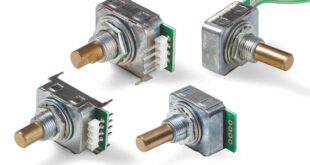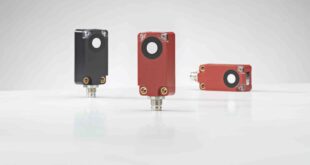The DSA family also includes the industry’s first multiple output Micro-Electro-Mechanical Systems (MEMS) oscillator, offering customers a solution that can replace multiple crystals or oscillators with one device.
Timing solutions with tight frequency stability over a wide temperature range are critical for applications, such as Advanced Driver Assistance Systems (ADAS), Light Detection and Ranging (LiDAR), in-vehicle Ethernet and autonomous driving.
Available in small package sizes, Microchip’s new DSA1001, DSA11x1, DSA11x5 and DSA2311 offer the highest tolerance to mechanical shock, jarring and stability in harsh environments over a frequency range of 2.3 MHz to 170 MHz.
The devices are Automotive Electronics Council Q100 (AEC-Q100) qualified with ±20 ppm stability over temperatures ranging from -40 to +125˚C.
“Reliable, precise timing solutions are central to supporting the increasing number of electronic devices found in today’s automobiles,” said Rami Kanama, vice president of Microchip’s timing and communications group. “MEMS technology aligns with development trends in the automotive industry, and our new DSA family of MEMS oscillators and clock generators offer systems better performance, reliability and longevity.”
MEMS oscillators are built entirely with standard semiconductor processes, bringing systems the same reliability and stability as integrated circuits.
Crystal oscillators rely on the thickness of the crystal blank inside the oscillator, making them susceptible to vibration damage with longer lead-times and fixed frequency.
This can delay product development or release times if a customer needs to make a last-minute frequency change.
MEMS oscillators achieve frequency through programming, giving them flexibility to quickly support new frequencies with shorter lead times, as well as to ramp in volume to help customers meet product launch schedules.
As the industry’s first dual output MEMS oscillator, the DSA2311 can replace two crystals or oscillators on a board.
The device addresses board space limits, saves costs and eases the design process, enabling customers to manage their supply and consolidate their bill of materials.
The DSA2311 comes in a concise 2.5mm x 2.0mm package and is well-suited for applications that require a complex board with multiple controllers, such as infotainment systems and camera modules.
 Engineer News Network The ultimate online news and information resource for today’s engineer
Engineer News Network The ultimate online news and information resource for today’s engineer





